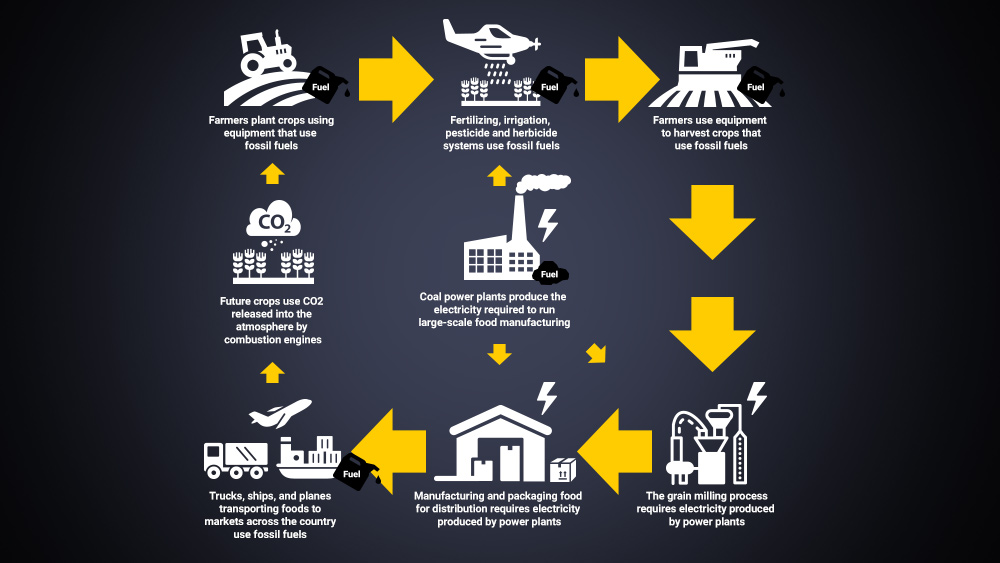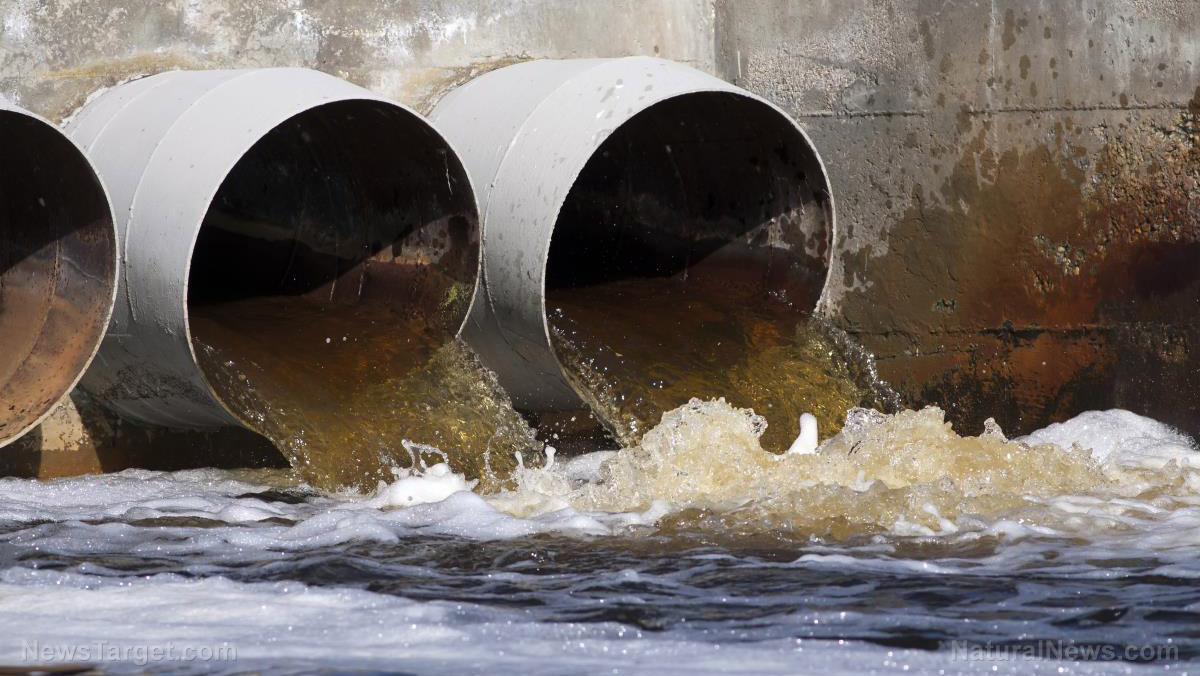Repurposing agricultural waste into a renewable resource: Researchers have combined biomass and electric energy to make a more sustainable fuel
02/19/2019 / By Jhoanna Robinson

The microbial and electrochemical conversion of complex biomass can produce drop-in fuel, said researchers at Cornell University in Ithaca, New York; Deutsches Biomasseforschungszentrum in Leipzig, Germany; Helmholtz Center for Environmental Research (UFZ), also in Leipzig; and the University of Tubingen in Tübingen, Germany.
According to their research that was published in the journal Energy & Environmental Science, technologies that pave the way towards the conservation of scarce fossil resources can lead us to resource security. The two main factors to consider when establishing a sustainable future industry are electric energy sources (renewable ones, such as wind and solar) and carbon feedstock (such as waste streams).
Biomass fuels are non-fossil, carbon-based (biogenic) energy sources while waste fuels come from all other non-biogenic wastes.
To join both factors would require linking the conversion of electric energy to chemical energy carriers and commodities. “Using combined microbial and electrochemical conversions can lead to facilities that we can denominate as a bioelectrorefinery. Thereby, bioelectrorefineries integrate biomass conversion processes and equipment to produce fuels, power, and chemicals from biomass, and are based on the combination of microbial and electrochemical conversions,” UFZ’s Dr. Falk Harnisch said.
When the researchers used corn beer as feedstock, they were able to reach a 50 percent yield when considering the full process line. “Corn beer was used in this study, a valuable biomass stream. In other studies we have already replaced corn beer with true waste streams for production of the intermediate carboxylate to push carbon recovery from wastes forward,” said University of Tubingen’s Dr. Lars Angenent.
For his part, Dr. Harnisch added: “We have now shown the feasibility of such a process line at lab scale. Whether or not this specific process can be economically viable at the end will also be a question of the political framing. In any case I see a large potential for process lines to gain other products, use different feedstock, etc., when seizing the power of combined microbial and electrochemical conversions.”
The study was given funding by the German Ministry of Education and Research, the Helmholtz Association, and the NSF (National Science Foundation) SusChEM Program.
Status of biomass, waste fuels in the United States
In the U.S., biomass and waste fuels produced 71.4 billion kilowatt-hours of electricity or two percent of the total electricity generation in the country, in 2016, records from the Energy Information Administration (EIA) showed.
The energy produced from wood solids – which come from logging and mill residues, paper and furniture manufacturing, wood, and discarded large timber products such as marine pilings, railway ties, and utility poles – contributed almost one-third of the electricity that was generated from biomass and waste.
Black liquor, a dominant wood-derived fuel and a by-product of the kraft pulping process, accounted for 27 percent of 2016’s biomass- and waste-generated electricity. Municipal solid waste (MSW), which comes from landfills, accounted for 27 percent of biomass- and waste-generated electricity last year.
According to the EIA, 51 percent of MSW-based electricity were derived from biogenic sources such as paper, food, wood, rubber, and yard trimmings. The other half came from non-biogenic sources such as plastics. Biogas derived from landfills, on the other hand, contributed almost 16 percent of the biomass-generated electricity in 2016. (Related: New fuel cell technology produces electricity from biomass and sunlight.)
The largest non-biogenic waste fuel is tire-derived fuel, which has one of the highest relative heat contents of any generating fuel. It contributed less than two percent of biomass-generated electricity in 2016.
For more stories related to the conservation of the environment and its resources, visit Environ.news.
Sources include:
Tagged Under: agricultural waste, biogas, biomass, corn beer, feedstock, green fuel, green living, renewable energy, waste fuel, waste stream



















